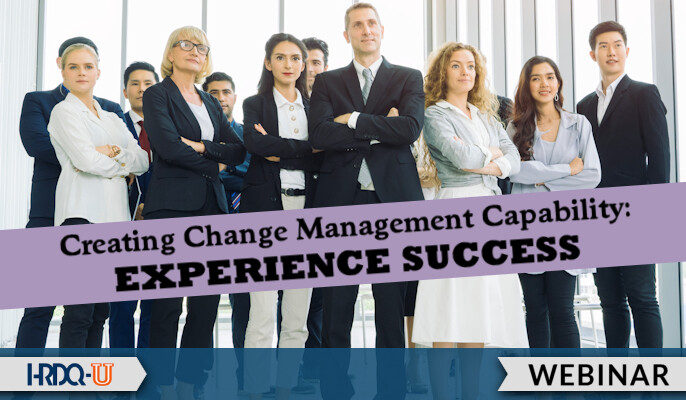Rate this post
Did you know that effective change management remains elusive for most organizations? One of the primary obstacles arises when employees have to embrace something different without proper support. Failure becomes inevitable when change processes and tools are absent in the overall project management framework. For a successful organizational change, it is crucial to implement the necessary steps that facilitate employee acceptance.
In this blog post, change management expert Mark Hordes explores valuable insights on improving your organizational change management capability.


















